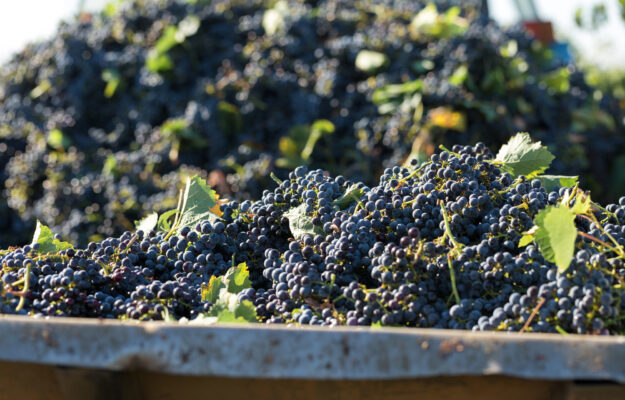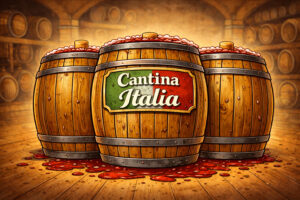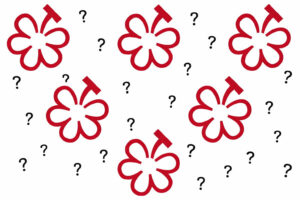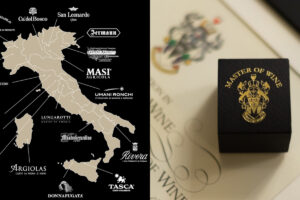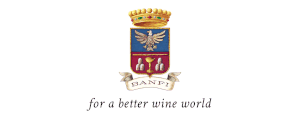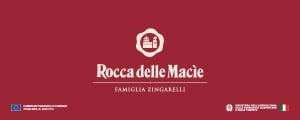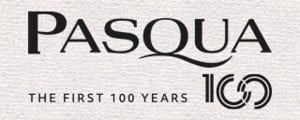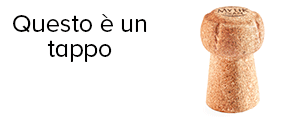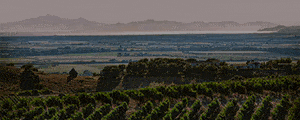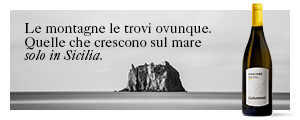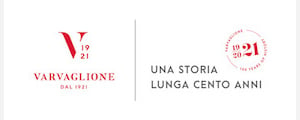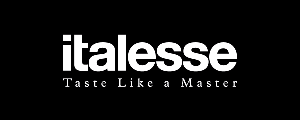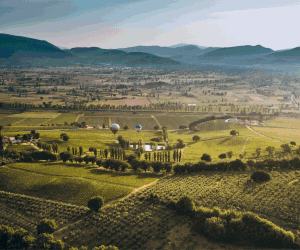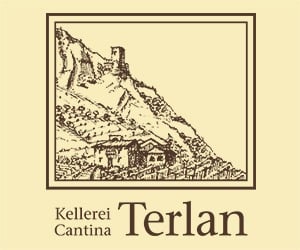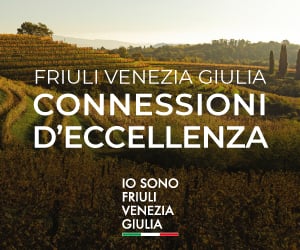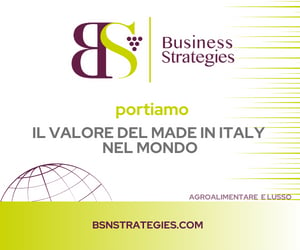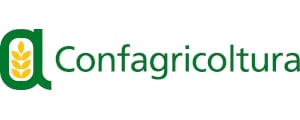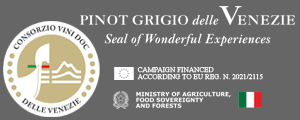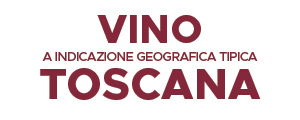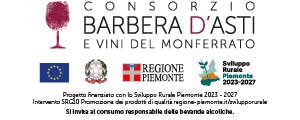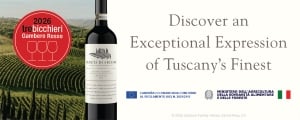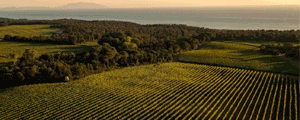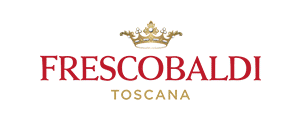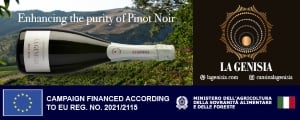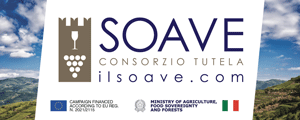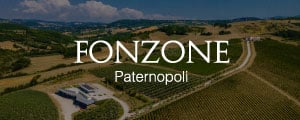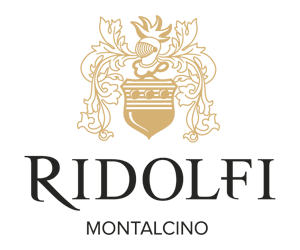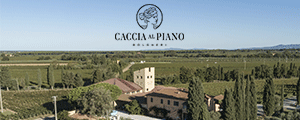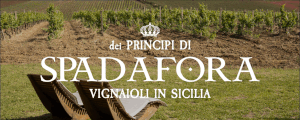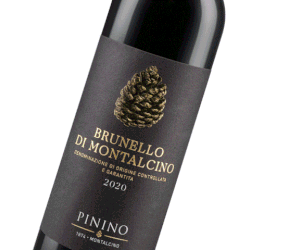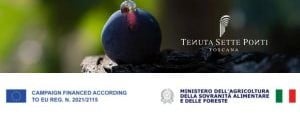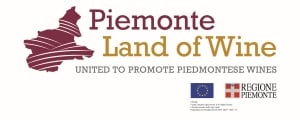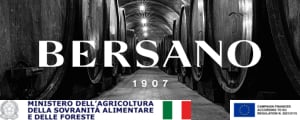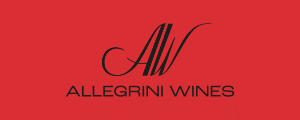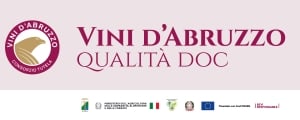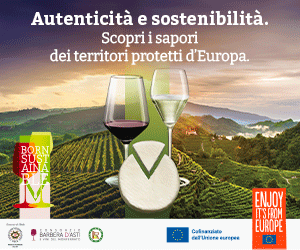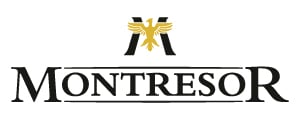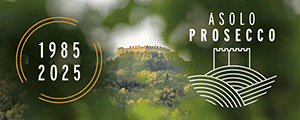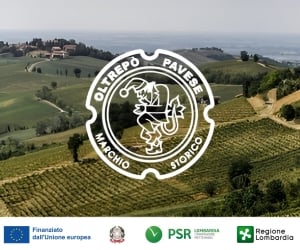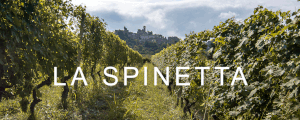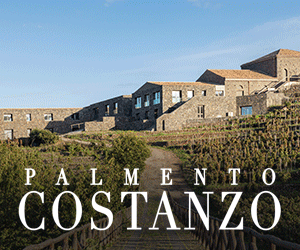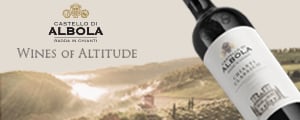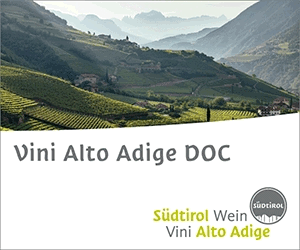marked by tariffs the United States has recently imposed, the continuing decline in consumption, and consequently uncertain demand, not to forget more and more unpredictable weather effects. According to a statement from COPA COGECA, the voice of European Union farmers and agri-cooperatives (COPA represents more than 22 million farmers and their families, COGECA represents the interests of 22.000 agri cooperatives), the European wine sector estimates wine production at 145.5 million hectoliters for 2025, up +1% compared to 2024. Volumes are recovering, though they are still 7.5% below the five-year average. Production, in general, is showing signs of improvement, although the long-term downward trend is continuing, and this means that there is still a more than 40 million hectoliter gap between the 2025 and 2018 harvests. Vineyards across Europe are continuing to face a series of challenges that are slowing down the sector’s full recovery.
The EU’s three largest wine producers, which together account for four-fifths of total volumes, have reduced their overall production 1.5% for the 2024 harvest. Italy is the EU leader boasting an estimated production of 47 million hectoliters (in line with estimates by Assoenologi, Unione Italiana Vini - UIV, and ISMEA), ahead of France at approximately 37 million hectoliters and Spain, which has fallen to third place at approximately 31.5 million hectoliters. The 2025 harvest has therefore confirmed Italy as the leading global wine producer. Many people, however, are saying it is “too much” (in spite of promising quality), in a period when the wine market appears to be in a slow, but structural decline. Production is down in Spain, Germany, and Portugal, which have registered 15%, 8%, and 11% decreases, respectively, compared to 2024. In contrast to these numbers, Italy expects an +8% increase and France around +2.3%, although its production is 12% lower than the five-year average.
Vineyards, COPA COGECA explained, have been subjected to major weather anomalies and severe adverse events in 2025. Heatwaves, droughts, and floods have obstructed the sector from being able to return even close to pre 2020 levels. Forest fires in southern France at the end of August destroyed more than 1.000 hectares of vineyards, potentially indirectly impacting up to 16.000 hectares of vineyards. Moreover, although the wine supply is low, demand pressures are limiting significant increases in production. The largest market for European wines, the United States that has applied tariffs also to wine, is impacting the sector. This new American policy has kept both volumes and prices low, eating away at European producers’ profit margins. Demand is weak, overall, COPA COGECA pointed out, “economic concerns such as inflation and labor market uncertainty are keeping spending in check, while domestic markets are experiencing a substantial shift in preferences. These factors have been preventing demand from compensating for reduced production volumes”. Luca Rigotti, president of the COPA COGECA Wine Working Group, who also heads the Mezzacorona Group, the Consorzio della DOC delle Venezie, and the Confcooperative Wine sector, commented, “the 2025 harvest has highlighted the continuing challenging conditions. Our vineyards have often faced less-than-ideal circumstances. Nevertheless, in many cases, producers have managed to reverse the recent downward trend. Across Europe, winemakers are delivering exceptional quality, demonstrating their extraordinary dedication and resilience in the face of innumerable challenges”.
Taking into consideration Italy’s 2025 harvest, specifically, production is expected to increase, although recent estimates have diminished the initial prospects. Production growth in Italy is expected to be in line with the five-year average, and even slightly higher. Nineteen out of 20 Italian Regions, according to COPA COGECA, will be increasing wine production. The South is growing at a faster rate than other areas, and will, therefore, be recovering some of the ground lost over the past few years. Italy has been relatively unaffected by major weather events, production is, at least in part, a consequence of this. The climate was mild in autumn and winter. Rainfall was abundant in central and northern Italy, which meant there were good water reserves, creating favorable conditions at the beginning of the growing season. Spring, instead, had frequent weather disturbances. The abundance of rainfall ensured a good supply of water, but it also increased phytosanitary pressure, especially from downy mildew. In 2025, the fastest-growing Regions in terms of production volumes will be Basilicata, Abruzzo, and Molise, as production increases will be between 25% and 40%. The Veneto Region is the largest producer, at 12 million hectoliters.
As far as quantity is concerned, France is behind Italy. The harvest is expected to be in line with the previous year, but significantly lower than the five-year average. France has regained its second-place position as the European Union's largest producer, but the gap with Italy is widening. The 2025 harvest was also characterized by extreme weather events that aggravated the general climate situation, which is damaging production in most French regions. Water management, some areas receiving too much while others receiving too little, COPA COGECA explained, is complicated by a fragmented and increasingly unpredictable rainfall pattern. In most vineyards, flowering occurred in cold and humid conditions, leading to "coulure" (flowers and grapes dropping) and “acinellatura” (formation of small grapes). The lack of rainfall and reduced soil moisture also favored the spread of forest fires in southern France this summer. Not to mention that, as WineNews reported, 2025 was the start of the permanent uprooting program that consolidates the structural downsizing of vineyards in the Country.
Copyright © 2000/2025
Contatti: info@winenews.it
Seguici anche su Twitter: @WineNewsIt
Seguici anche su Facebook: @winenewsit
Questo articolo è tratto dall'archivio di WineNews - Tutti i diritti riservati - Copyright © 2000/2025










